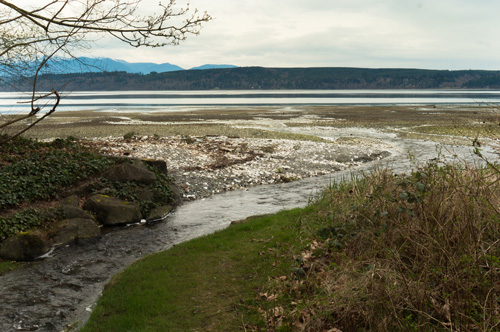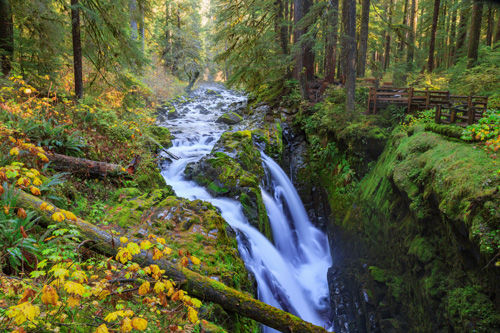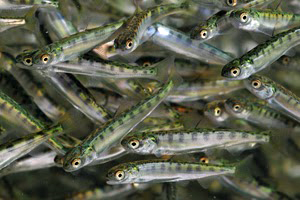
Sea-runs are chasing chum fry!!
February 15th, 2017 Posted by rkstoll Cutthroat, Fishing, Flies, inshore salwaters 0 thoughts on “Sea-runs are chasing chum fry!!”One of the most exciting times in the sea-run cutthroat angler’s fishing year is when juvenile chum salmon start to move out their natal streams to begin their journey to the depths of the Pacific Ocean. The time of year juvenile salmon migrate is of great interest to sea-run cutthroat anglers. Depending on the stream, these migrations start as early as February and usually end in June. Peak migration times are late February to May. Chum juveniles start out very tiny, often not much more than an inch in length. They move in schools that tightly hug shorelines often not more than inches deep. Their schools often number in the thousands.
Cutthroat will follow these schools of shoreline migrating juvenile salmon by positioning in deeper water just outside. They make feeding forays into these schools and also target stray fry that inadvertently wander into deeper water. Tactics for fishing sea run cutthroat targeted on juvenile salmon schools is often not that straight forward. Before wading in the water it is prudent to unobtrusively observe if schools of juvenile salmon are present. These schools are relatively easy to see using polarized lenses and sometimes almost impossible to see without. If schools are present it may be a good idea to stay some distance from the water’s edge during initial casts. In any case, wading or not, casting parallel to the shore in a foot or two of water can often be productive. The real trick is to get your fly noticed and targeted amongst thousands of bait fish.
If cutthroat are targeting chum fry use a pattern like Bob Trigg’s Chum Baby. The Chum Baby imitates both form and color. A fly somewhat larger than the fry in the schools stands out among the masses and can be productive. Stripping erratically also might incite a take.
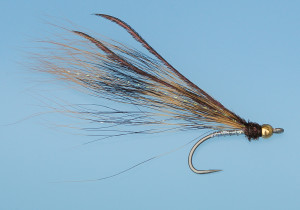
CHUM BABY
Conversely, using an entirely different fly that stands out among the crowd like fluorescent of flashy may do the trick. If all else fails a surface fly like the Miyawaki Popper can be effective. Surface disturbance will often get a response when nothing else will.
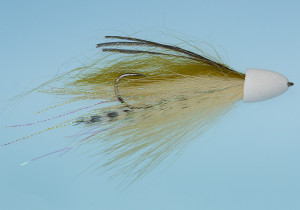
MIYAWAKI POPPER

